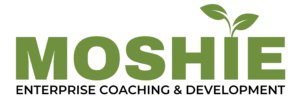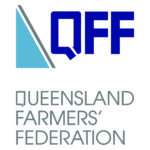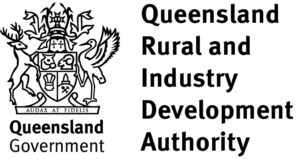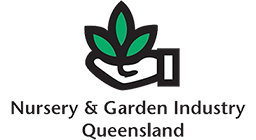Farm Business Resilience Program and Planning
The Farm Business Resilience program encourages businesses to assess and address all the risks to their business, not just drought.
Developing a Farm Business Resilience Plan is part of the Farm Business Resilience Program that is jointly funded by the Australian Government’s Future Drought Fund, and the Queensland Government’s Drought and Climate Adaptation Program, with the aim of helping businesses improve their resilience.
If you are a primary producer or production nursery, you can access customised advice and in-depth Farm Business Resilience Plans completely free of charge with NGIQ.
Additional funding up to $50,000, is available through the Queensland Government Drought Preparedness Grant to assist eligible primary producers with improving their drought resilience.
The process of developing a Farm Business Resilience Plan highlights where the major risks to a business lie.
What are the benefits of getting involved the Farm Business Resilience Program (FBRP)?
All businesses are exposed to a range of risks, and planning on how to address these risks is paramount for the long-term survival of a business. ‘Failing to plan is planning to fail.’
The impact of the changes made can go past the expectation of simply reducing risk. Areas such as improving efficiency, understanding the financial aspects of the business, time management, setting deadlines and improving staff morale can all be side benefits of developing a Farm Business Resilience Plan (FBR Plan).
- Identification of significant risks to your business, and where the greatest attention needs to be focused.
- Benchmarking of financial and business performance indicators.
- Utilising electronic stock control and sales systems.
- Implementing electronic accounting systems.
- Product costing.
- Identifying where budgeting and business control measures need to be improved.
- Having a structured plan to implement an improvement program.
- Having deadlines to stop projects slowing down or stalling.
- Identifying process and business improvements, e.g., improving potting efficiency.
- Having an improvement process in place that engages all management and staff to lift the level of performance of the business.
- Deciding on the future direction of the business:
- Owners stepping back from the business,
- Selling the business,
- Leasing the site to another nursery, or someone who wants to get into the industry but doesn’t have sufficient capital,
- Close the business.
- Documenting a business plan that may only be in someone’s head.
- Being able to access external funding opportunities through government or banks.
What is the process for developing a Farm Business Resilience Plan?
- Firstly, you’ll identify where the major risks to your business are by completing an on-line self-assessment checklist.
- A business advisor from Moshie will then discuss your self-assessment checklist and suggest how to proceed with the development of a Farm Business Resilience Plan (FBR Plan).
- The Moshie advisor will then work with you through a series of on-site and on-line meetings to develop your FBR Plan.
- Once the FBR Plan is completed there will be an action plan of what needs to be done and who is to do it.
Will this cost any money?
- Completing the self-assessment checklist is free and there is no obligation to proceed any further.
- If you are a primary producer/production nursery, you can access customised advice and in-depth Farm Business Resilience Plans completely free of charge with NGIQ.
Is this a drought based plan?
Drought is only one of the many risks considered in the plan. This is a resilience plan that can be tailored to your business. This could be anything from achieving your goals, addressing financial and climate risks, production efficiency, succession planning, time management, diverse income streams, and so much more. Not having significant drought risk does not stop you developing a plan.
How much time will this take?
The self-assessment checklist takes approximately 15-20 minutes to complete. The time taken to develop an FBR Plan will vary depending on the individual business. For an average nursery it may take 10 hours to develop a plan. This could be a combination of site visits and/or on-line meetings, conducted over a 2–3-month period. Moshie will work with individual businesses to determine the time frames for completing plans.
The time taken to develop an FBR Plan will vary on the individual business.
Resources
Please see below the Self-assessment checklist. This is the perfect place to start – this identifies where there are significant risks to the business, and where the greatest attention needs to be focused in developing and implementing FBR Plans.

The financial benefit outweighed their concerns with applying for a QRIDA grant
It is expected that the nursery will be able to weather the worst droughts without having to import water. All the growing areas gather water from irrigation and rainfall events, resulting in significant volumes being available for recycling

A simple production line change suggestion from Moshie resulting in 72% reduction in labour costs
Changing the way the potting was done to a production line method has resulted in significant efficiency and cost savings, with no added capital expenditure.

If you have filled out your Self-assessment or not, you might be interested in keeping up to date with everything FBRP! Join our FBRP FaceBook page and we can let you know when we have webinars, workshops or other good FBRP information for you.
Who is involved and how do I learn more about them?
The FBRP has been a wonderful collaboration from all of the groups below, to help support our wonderful industry!





